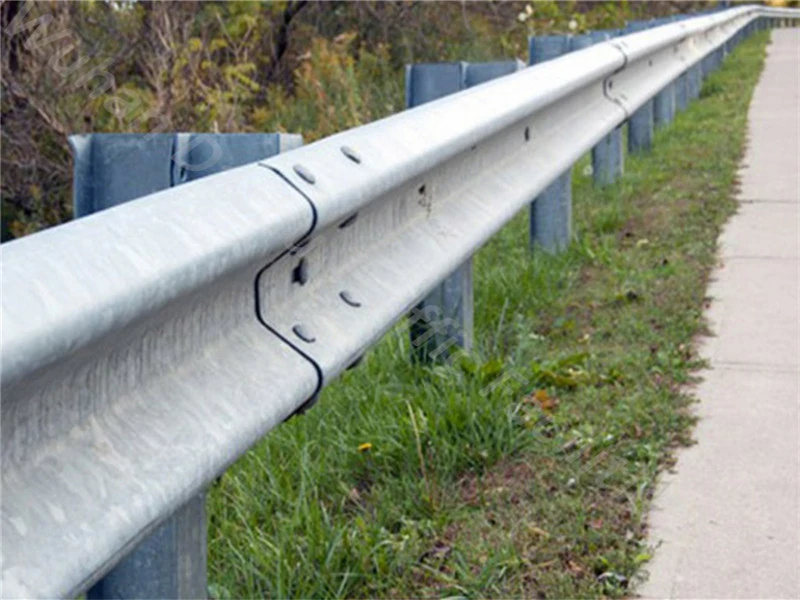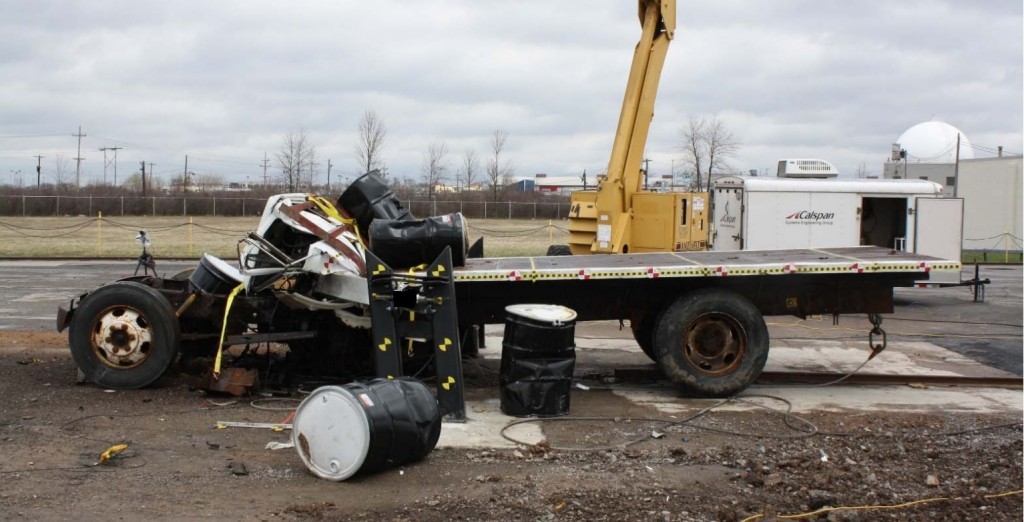Not known Factual Statements About Crash Beams
Wiki Article
Everything about Crash Beams
Table of ContentsThe Best Strategy To Use For Crash Beams8 Easy Facts About Crash Beams DescribedCrash Beams for DummiesThe Ultimate Guide To Crash BeamsCrash Beams - Questions
High light beams benefit drivers on dark roadways at evening and at various other times when it is difficult to see (Crash Beams). However, inappropriate high beam use can be harmful. In Ontario, there are regulations to define correct use of high beam of lights to help stay clear of dangers that can bring about a serious collisionUsing usual sense, you can use your high light beams safely also if you are unsure of the distance. For example: When you follow an additional vehicle, turn your high beam of lights off. Lower your high beams when you see the headlights of oncoming website traffic, Lower your high beam of lights when rising a hillside Improper high beam use develops threats for chauffeurs in approaching vehicles and the drivers that poorly utilize them.
In this scenario, vehicle drivers are most likely to collapse into various other vehicles. Chauffeurs may also miss out on various other objects or risks in the roadway. Misuse of high beam of lights might also trigger drivers to misjudge: How much distance they need to brake chauffeurs in this circumstance may be unable to drop in time to prevent an accident.
Irritation can rapidly rise into even more hazardous behaviour. All chauffeurs owe a task of treatment to stop harm to others. Each instance is various.
The Ultimate Guide To Crash Beams

, where a looming crane has been brought in, and a big number of team trucks and vehicles are obstructing the road. Some lorries deal much better than others with much more serious side accidents , indicating that there is still room area more progressDevelopment Side air bags, which today are typical on most new guest automobiles, are created to keep people from clashing with the inside of the vehicle and with things outside the vehicle in a side collision.

To load this space, we initiated our very own test with a different obstacle one with the elevation and shape of the front end of a common SUV or pickup at the time (Crash Beams). NHTSA obstacle, shown in yellow, superimposed over the taller barrier utilized in the initial IIHS test In 2021, IIHS overhauled its test with an extra extreme accident and a more practical striking barrier
The 15-Second Trick For Crash Beams
It is better to the ground and shorter than the original IIHS obstacle however still more than the NHTSA barrier. Upgraded (left) and initial IIHS side test obstacles In our original test, a 3,300-pound barrier with the approximate height of an SUV struck the chauffeur side of the lorry at 31 mph.As an outcome of these modifications, the brand-new examination involves 82 percent extra energy than the original examination. The honeycomb surface area of the barrier in the 2nd examination is also different. Like genuine SUVs and pickups, the brand-new obstacle often tends to flex around the B-pillar in between the motorist and back traveler doors.
The passenger room can be endangered by doing this even if the vehicle has a strong B-pillar. In both examinations, 2 SID-IIs dummies standing for little (5th percentile) females or 12-year-old children are positioned in the chauffeur seat and the back seat behind the home vehicle driver. IIHS was the initial in the United States to use this smaller dummy in a test for consumer information.
Shorter motorists have a better opportunity of having their heads enter call with the front end of the striking vehicle in a left-side crash. Engineers consider 3 aspects to establish side rankings: vehicle driver and guest injury actions, head protection and structural performance. Injury actions from the two dummies are made use of to establish the chance that passengers would certainly suffer considerable injuries in a real-world crash.
The 20-Second Trick For Crash Beams

To fill this space, we initiated our very own examination with a different obstacle one with the elevation and shape of the front end of a regular SUV or pickup at the time. NHTSA obstacle, received yellow, superimposed over the taller barrier made use of in the original IIHS examination In 2021, IIHS overhauled its test with a much more severe accident and a more practical striking obstacle.
It is more detailed to the ground and shorter than the initial IIHS barrier but still greater than the NHTSA obstacle. Updated (left) and original IIHS side examination barriers In our initial examination, a 3,300-pound barrier with the approximate height of an SUV struck the chauffeur side of the lorry at 31 mph.
As a result of these changes, the brand-new test involves 82 percent a lot more power than the original examination. The honeycomb surface of the barrier in the 2nd Resources examination is likewise various. Like real SUVs and pickups, the new obstacle tends to flex around the B-pillar in between the driver and rear guest doors.
Some Known Facts About Crash Beams.
The resident area can be jeopardized this method also if the vehicle has a solid B-pillar. In both examinations, 2 SID-IIs dummies representing little (5th percentile) women or 12-year-old children are positioned in the vehicle this content driver seat and the back seat behind the vehicle driver. IIHS was the initial in the USA to utilize this smaller dummy in a test for customer details.Much shorter chauffeurs have a higher possibility of having their heads come right into contact with the front end of the striking vehicle in a left-side collision. Designers consider 3 elements to identify side scores: motorist and traveler injury measures, head defense and architectural performance. Injury measures from the 2 dummies are used to determine the possibility that residents would receive substantial injuries in a real-world crash.
If the car has air bags and they carry out correctly, the paint needs to end up on them. In cases in which the barrier hits a dummy's head throughout effect, the dummy normally tapes very high injury actions. That may not be real, nevertheless, with a "near miss out on" or a grazing contact.
Report this wiki page